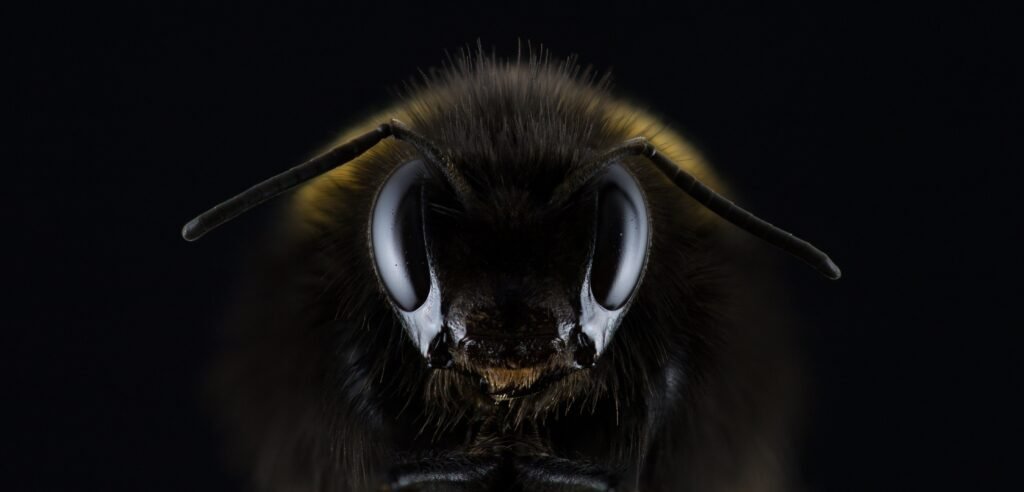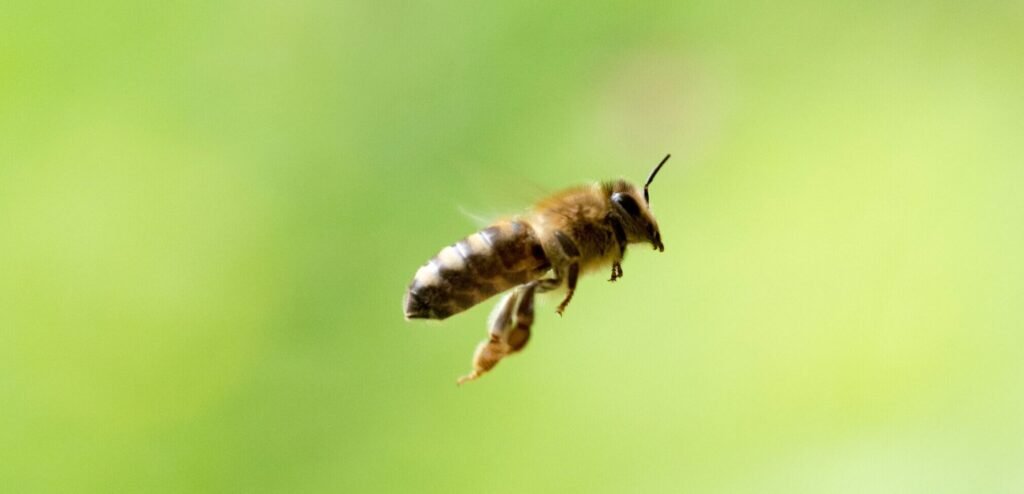
Ouch! The Buzz About Bee Stings and Beekeeping
Hey there, future beekeepers and honey lovers! Ever wondered what it’s like to hang out with thousands of tiny, flying needles? Well, that’s kind of what beekeeping is like – except way cooler and sweeter! Today, we’re diving into the world of bee stings and beekeeping. Don’t worry; it’s not as scary as it sounds. In fact, it’s pretty bee-utiful! (Sorry, couldn’t resist that pun!)
The Sting Operation: What’s the Deal with Bee Stings?
First things first – let’s talk about the elephant (or should I say, bee) in the room: stings. Yes, bees can sting. But here’s a cool fact: they don’t want to! Bees are like tiny pacifists with weapons. They only sting as a last resort because – plot twist – they die after stinging humans. Talk about taking one for the team!
When a bee stings, it leaves behind its stinger and part of its abdomen. Ouch for the bee, right? So, next time you see a bee, remember: it’s not out to get you. It’s just doing its job and hoping you don’t give it a reason to go kamikaze.
The Sting Sensation: What Does It Feel Like?
If you’ve never been stung (lucky you!), you might wonder what it feels like. Well, imagine someone pinching you really hard and then setting that spot on fire. Yeah, it’s not pleasant. But here’s the thing – most beekeepers will tell you that after a while, you kind of get used to it. It’s like a spicy bee high-five!
Beekeepers’ Secret: The Sting Immunity Myth
You might have heard that beekeepers become immune to stings over time. Well, that’s not entirely true. They don’t become immune, but many do become less sensitive. It’s like eating spicy food – the more you do it, the less it burns. But remember, some people are allergic to bee stings, and that’s no joke. Always be careful and know your body’s reactions!
Suiting Up: Beekeeper’s Armor
Now, you might be thinking, “Why would anyone want to hang out with stinging insects?” Well, that’s where the cool gear comes in! Beekeepers suit up like they’re going to the moon, but instead of space, they’re exploring the bee universe.
The typical beekeeper outfit includes:
- The Bee Suit: A white, full-body jumpsuit that makes you look like a cross between an astronaut and a marshmallow.
- The Veil: A mesh face covering that’s like a force field for your face. No bee is getting through that!
- Gloves: To keep your hands sting-free while you work your bee magic.
- Boots: Because no one wants bee stings on their toes!
With all this gear, beekeepers look like they’re ready for a sci-fi movie. But trust me, it’s way cooler than that – they’re about to enter the amazing world of the bees!
The Sweet Reward: Why Beekeepers Brave the Stings
So, why do people become beekeepers if there’s a risk of getting stung? Two words: liquid gold. I’m talking about honey, of course! But it’s not just about the honey. Beekeeping is like having a front-row seat to one of nature’s most amazing shows.
Beekeepers get to:
- Watch bees build intricate honeycombs (better than any Lego creation!).
- See a queen bee running her kingdom (move over, chess queen!).
- Taste honey straight from the source (sorry, store-bought honey, you can’t compete).
- Help save the bees and the environment (superhero status: achieved!).
Sting Prevention: The Beekeeper’s Ninja Moves
Good beekeepers know that the best sting is the one that never happens. They’ve got some tricks up their sleeves to keep the bees calm:
- The Smoker: This gadget puffs cool smoke that makes bees think there’s a forest fire. They get so busy eating honey (their emergency food) that they forget to be angry.
- Slow Movements: Beekeepers move like sloths around the hive. Quick movements make bees think you’re a bear trying to steal their honey!
- Timing is Everything: Beekeepers often work with bees when it’s warm and sunny. Happy bees = less stingy bees.
- Respect the Bees: Good beekeepers treat bees like tiny, flying royalty. Happy bees are less likely to sting.
What to Do If You Get Stung: The Beekeeper’s First Aid
Even with all the precautions, stings happen. Here’s what to do:
- Don’t Panic: Easier said than done, but panicking will only make things worse.
- Remove the Stinger: Scrape it out with a credit card or your fingernail. Don’t use tweezers – they can squeeze more venom into you!
- Clean the Area: Wash with soap and water. You don’t want bee gunk in your skin!
- Apply Cold: Put some ice on it to reduce swelling. It’s like a tiny, bee-shaped bruise.
- Take Medicine: If it really hurts, ask an adult for some pain relief medicine.
The Buzz About Allergies: When Stings Get Serious
For most people, bee stings are just annoying. But for some, they can be dangerous. If you’re allergic to bee stings, beekeeping might not be your thing. Always know if you’re allergic before getting into beekeeping. Safety first, honey second!
The Sweet Conclusion: Embracing the Bee Life
So there you have it – the stinging truth about beekeeping! Yes, there are risks, but for many, the rewards are worth it. Beekeepers are like the cool scientists of the insect world, braving a few stings to learn about and help these amazing creatures.
Remember, bees are more than just honey-making, sometimes-stinging insects. They’re super important for our environment and food supply. Without bees, we’d lose a lot of the fruits and vegetables we love. So next time you see a bee, give it a little mental high-five (from a safe distance, of course).
Who knows? Maybe one day you’ll suit up, fire up that smoker, and join the ranks of beekeepers around the world. Just remember – move slow, stay calm, and always respect the bees. Happy beekeeping, and may your days be filled with sweet success and minimal stings!


